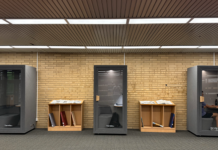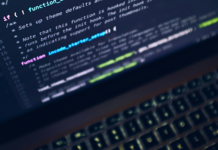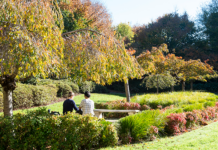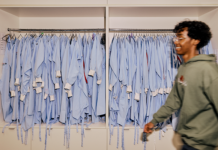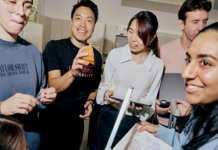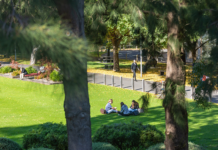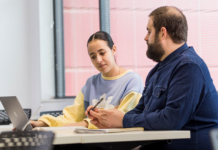Written by La Trobe’s Peer Learnng Advisor (PLA) team.
The PLAs are high-achieving students who have been specially trained to help others with study and assessments. Go to the Library Learning Services LMS to find out more and access the Zoom drop-in service.
A lesser known form of plagiarism is self-plagiarism. It’s good to be aware of what this means, especially if you are repeating subjects or doing multiple subjects that might have similar topics for assignments.
So, what is self-plagiarism?
Self-plagiarism happens when you reuse your own specific wording and ideas from work that you have previously submitted. At face value, this might sound kind of silly – you’re the author and you give yourself permission to use your own work.
Then, what’s the problem?
Much like other forms of plagiarism, it all comes down to academic honesty. Sure, you might give yourself permission to use your old work, but submitting something you’ve already done is an act of trying to pass off your old writing as brand new and original. This is misrepresenting the effort you’ve put into the assignment and misleading your readers (if you’re an undergrad, your readers are usually the teaching team for your subject).
Bottom line?
Do not recycle assignments or parts of assignments that you have already submitted, even for a completely different course. If you would like to build on some of the same ideas and it feels like more of a grey area, then always run it by your instructor before submission. They can tell you whether it is acceptable to re-work some of your old writing in your specific scenario. But in any case, a reader should be able to trust that your submitted work is genuinely original.



